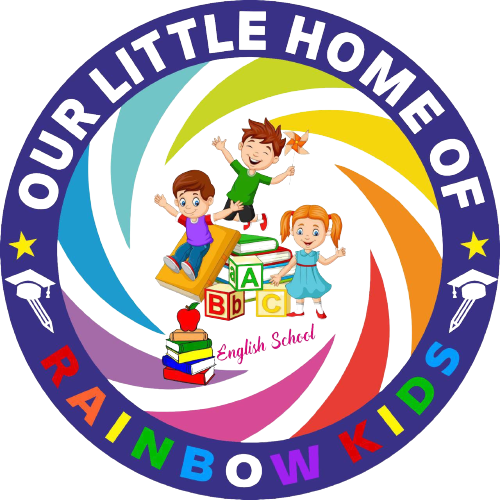An essay is, in essence, an exposition, generally, of a literature, which presents the writer’s standpoint, but frequently the definition is quite vague, overlapping with that of an individual letter, essay, report, newspaper article, book, magazine piece, short narrative, and even a book. Essays are traditionally classified as formal and composed. A brief essay, for example, may be called a personal essay. It’s usually accepted that an article should include five key elements: the title, the body, the conclusion, as well as the testimonials. The duration of the essay, at least in the traditional sense of the period, continues to be somewhat reduced in recent years.
Among the most frequently used kinds of essays is the debate essay, which is essentially a written debate. These essays may be either academic or personal. In the former, the writer is typically a student, and in the latter, he/she is a professor or other qualified contributor to the academy. Argument essays may be descriptive of person experience or descriptive of institutions or cultures.
Thesis statements in essays are written as a logical expansion of this writer’s viewpoint on a specific point of view. By way of example, in political science, universities might outline a set of details on the basis of which an opinion can be shaped. Or, in psychology, a individual’s point of view on a specific topic could be expounded using scientific approaches and evidences. These statements are obviously based on personal knowledge, but are presented in such a way as to engage the reader’s mind in some kind of logical conversation.
Narrative essays have been written about personal experience. The concept is fairly straightforward, but it’s not hard to get caught up in the details. So, to be able to keep the information fresh and the essay moving, take time in the start to introduce every idea and give it some sensible personal background. A fantastic method for beginning any essay is to use the article as a sort of dialog, edging one’s ideas into the dialogue.
Conclusion essays are most frequently used as the capstone to some essay. Because they outline the arguments presented throughout the corrector faltas catalan body of their job, they provide the limit to the essay as a whole. This gives the essay a logical closure, tying up all loose ends. Since the aim of an essay is to persuade its readers, the conclusion will almost certainly argue against whatever views the writer has expressed within the body of their job.
The secret to writing a sound, well-written conclusion would be to gather all the suitable evidence and use it to help your thesis. When composing an introduction to an essay, you should already have a basic outline in your mind, and you should be able to jump in the body of your work with confidence and ease. Your study evidence should encourage and strengthen the arguments you’ve asserted on your article.

Recent Comments